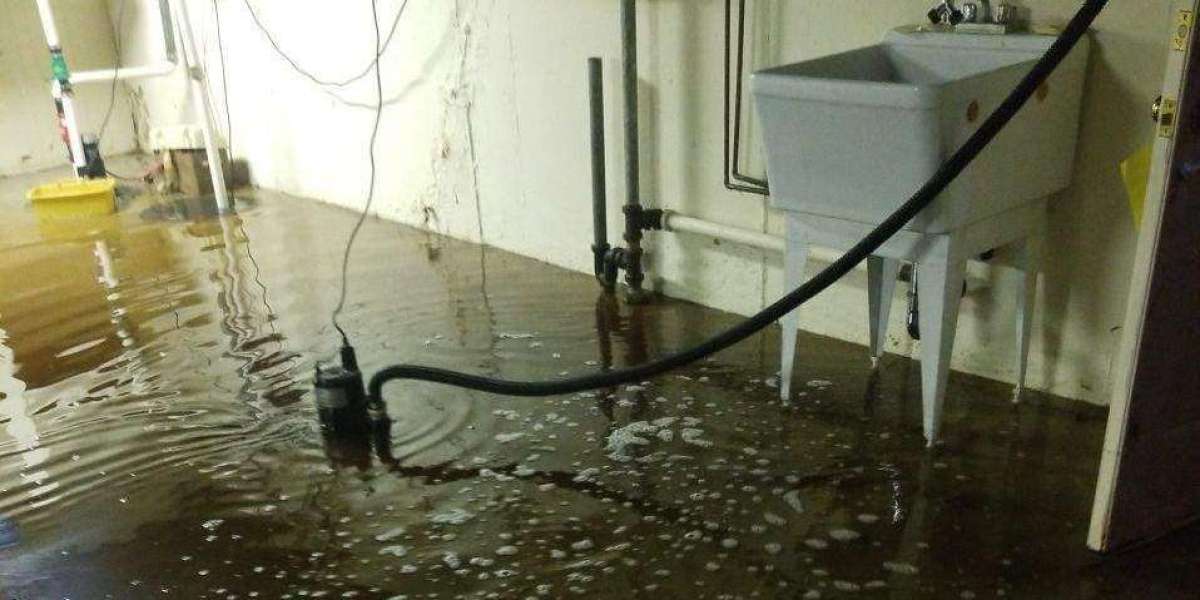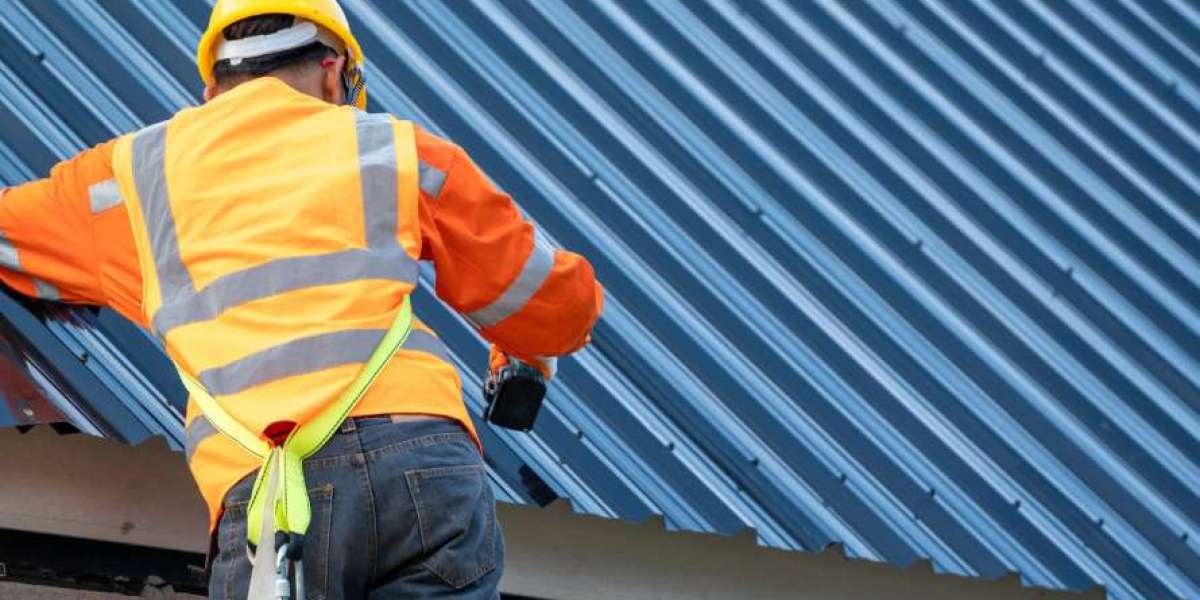Why Basement Flooding Demands Immediate Attention
Basement flooding is one of the most common and costly issues faced by homeowners. It not only damages property and belongings but also leads to health hazards such as mold growth and weakened structural integrity. If not handled quickly, even a small leak can turn into a major expense.
Whether it's due to heavy rainfall, poor drainage, or foundation cracks, basement water intrusion requires a permanent solution—not a temporary fix. That’s where basement flooding repair becomes essential. The goal is to not only remove water but also stop it from returning.
Common Causes of Basement Flooding
Understanding why your basement is flooding is the first step toward solving the problem. Some of the most common causes include:
Clogged gutters and downspouts
Poor grading or slope around the home
Cracks in the basement floor or walls
Aging or faulty sump pump systems
High groundwater levels
In many cases, the issue is not one single factor but a combination. This is why a comprehensive inspection and diagnosis are necessary.
Warning Signs You Shouldn’t Ignore
Basement flooding doesn’t always appear as standing water. Sometimes, the warning signs are subtle and easy to overlook. These include:
A musty smell in the basement
Water stains on walls or floors
Visible mold or mildew
Peeling paint or wallpaper
Rust on appliances or metal fixtures
If you notice any of these, you could be dealing with a hidden water issue that demands basement flooding repair.
Interior and Exterior Solutions for a Dry Basement
When addressing flooding, the repair approach often involves a mix of interior and exterior waterproofing systems.
Interior Solutions
These tackle the water that has already entered your basement. Options include:
Interior French drains
Sump pump installations or upgrades
Vapor barriers
Waterproof coatings on walls and floors
These solutions are ideal for managing minor to moderate water intrusion and are often quicker to install.
Exterior Solutions
Exterior methods focus on stopping water before it enters your home. These are generally more labor-intensive but offer longer-term results. They include:
Regrading the soil around your home
Installing or repairing exterior drain tiles
Foundation sealing
Extending and cleaning gutters and downspouts
A professional will recommend a solution—or combination of methods—based on your home’s structure and water entry points.
Long-Term Risks of Ignoring Basement Water Issues
Ignoring basement flooding can have serious consequences over time. Moisture can compromise the foundation of your home, causing cracks and shifting. Mold growth becomes a health hazard, especially for people with respiratory issues. Additionally, a wet basement can affect your home's value and limit usable living space.
Many homeowners try DIY solutions like sealing cracks or using dehumidifiers, but these approaches only mask the symptoms. True protection comes from targeted repairs that eliminate water at its source.
The Role of Professional Assessment
An experienced contractor will begin by evaluating your basement’s condition, your home's drainage layout, and the exterior grading. They’ll also inspect for structural weaknesses and signs of long-term water damage.
Once the problem is diagnosed, a custom repair plan is created. The most reputable contractors will explain the process in detail, offer multiple solution options, and provide clear pricing before any work begins.
One Company Making a Difference
When it comes to dependable basement waterproofing, Sahara Dry Basements has built a reputation for delivering lasting results. Known for their honest evaluations and no-pressure approach, their team focuses on solving the problem—not overselling services. With a deep understanding of local soil conditions, climate patterns, and foundation types, they ensure the right solution is applied every time.
How to Prevent Future Basement Flooding
In addition to professional repairs, there are steps you can take to reduce the risk of future basement issues:
Keep gutters clean and flowing freely
Direct downspouts at least 6 feet away from the foundation
Avoid landscaping that traps water near the home
Regularly check and maintain sump pumps
Seal basement windows and window wells
Taking preventive steps now can reduce the need for emergency services later. Prevention is especially important in areas prone to heavy rainfall or melting snow.
Peace of Mind Through Professional Repairs
Water in your basement doesn’t have to be a recurring nightmare. With expert evaluation, proven waterproofing techniques, and the right maintenance, you can enjoy a dry and healthy basement all year long.
Don’t wait until the next storm or thaw to act. Seek out a professional who understands the importance of precision and long-term results. Investing in the right repairs today protects not just your basement, but your entire home.
In Summary
Basement flooding can be more than just an inconvenience—it’s a threat to your property, your health, and your home’s foundation. Fortunately, modern basement flooding repair methods offer reliable, long-term protection. By addressing the root cause and implementing proven waterproofing systems, you can eliminate the risk of water damage and reclaim your basement as a dry, functional space.



